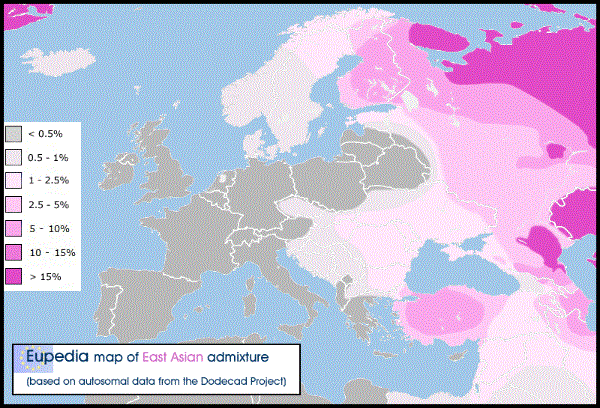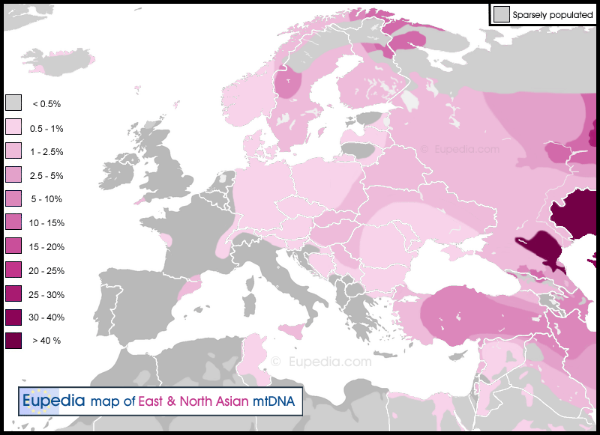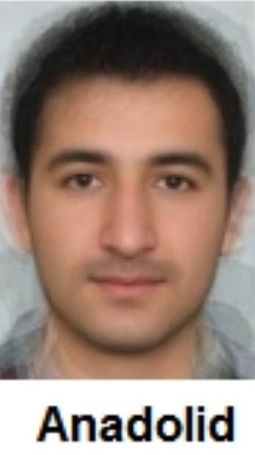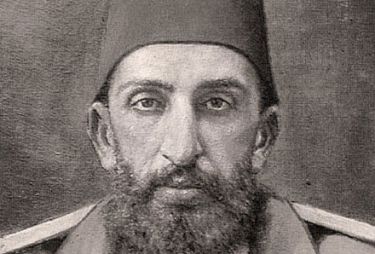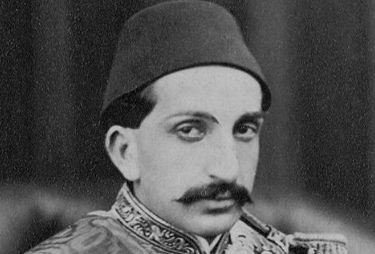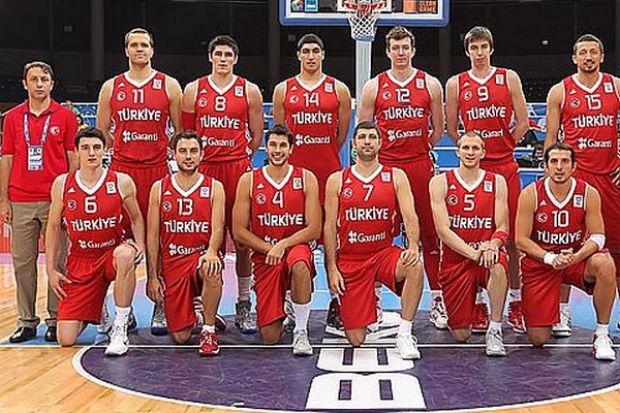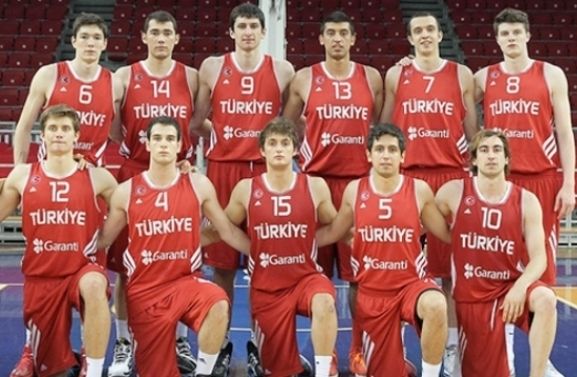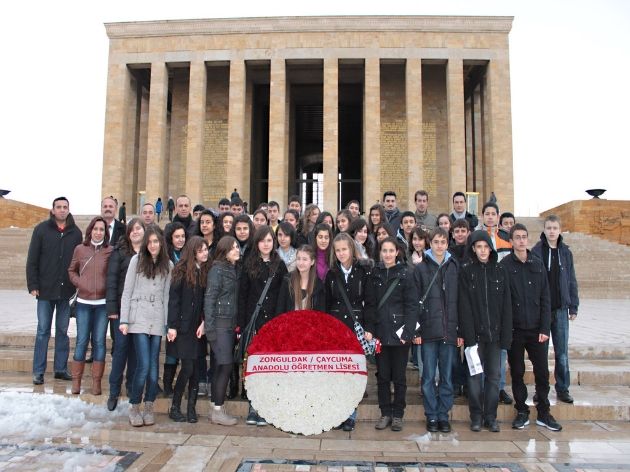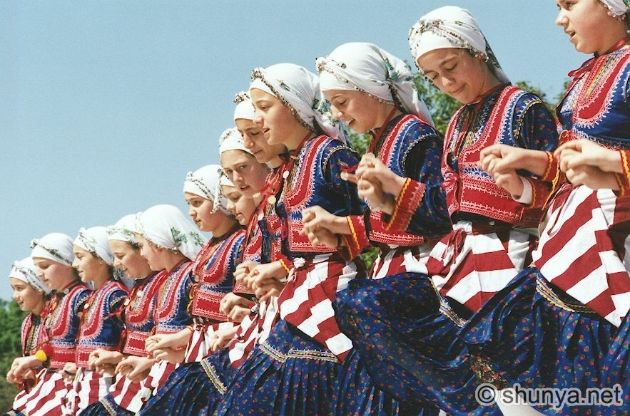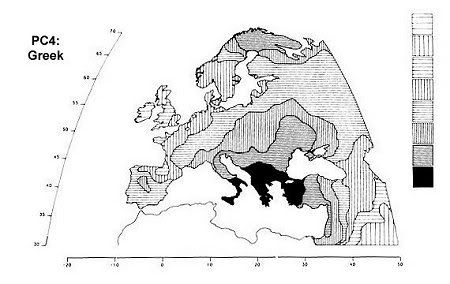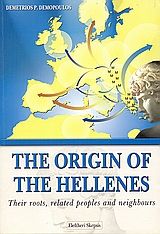Post by Admin on Nov 1, 2022 21:43:29 GMT

The French anthropologist Robert Charles published in 1958 the fullest study on the racial composition of Greece. Although the focus here is not on paleoanthropology, we present this study because it refers to Greece, being by far the most complete and most recent. The study by Charles published in the magazine Bulletins et Memoires de la Societe d'Anthropologie de Paris entitled "Les populations de la Grece antique". Charles has examined all the skeletal material from Greece collected and studied by previous anthropologists, such as R. Virchow, J. Koumaris, J. Angel, C. Furst, correcting their mistakes.
At first, Charles makes a description of racial types and how they are detected by measurements in skeletal material, with emphasis on the skull. The types are ...The Mediterranean along with Cromagnoids, the Nordic, the Alpine and the Dinaric. Then comes the analysis of the samples which shows the racial composition of the Greek population. The total sample consisted of 225 skulls, allocated as follows:

To the Mediterraneans there are subtypes that include Cromagnoid forms. The Cromagnoids are less than half. It therefore appears that most ancient Greeks belonged to the Mediterranean-CM type. Then Alpines and Dinarics -balkaniques- follow, several mixes with Mediterranean-CM and very few Nordics -corde-. The percentages corresponding to each type overall are:
Mediterraneans, CM 55,1%
Nordics 2,2%
Alpines, Dinarics 20,0%
Mixies of Mediterraneans/CM - Alpines/Dinarics 22,7%
Therefore in ancient Greece we have in order of: Mediterraneans, CM, Alpines and Dinarics.
Then Charles allocate skeletal samples by chronological period. We use his own terminology for every age. In the Neolithic period (3000-2500 BC) samples are few and by place of discovery are as follows:

Most are Mediterraneans, followed by Cromagnoids, Alpine and mixes. The samples are few to be able to come in conclusions, however, they give a direction.
In Ancient Helladic (2500-2000 BC) era, from excavations in Agios Kosmas published by George Miller in 1931, we have the following results:

Therefore in the 17 samples, majority are Mediterraneans-CM, with Alpines-Dinarics to be close.
In the Middle Helladic (2000-1600 BC) era samples are from Argolis (Mycenae, Argos, Asini) the results are as follows:

Here the Mediterraneans-CM excel significantly of Alpines-Dinarics. In fact, Charles points out once again and correctly, that the Mediterraneans-CM are the indigenous people in Greece.
For the recent Helladic (1600-1000 BC) period, samples comes from many regions of Greece: Attica (Agios Kosmas, Markopoulo, Spata), Boeotia (Thebes), Argolis (Mycenae, Heraion of Argos, Dendra, Argos, Tirynthos , Nafplio, Asini). The entire sample which is 67 and comes mainly from the Argolid, it is shown separately. The results are as follows:

Again we see the Mediterraneans-CM to dominate, with a gradual increase of brachycephalic Alpines and Dinarics. The results from Argolis correspond to Mycenaean civilization.
In Protogeometric (1100-900 BC) period the 38 samples comes from Attica (Paleo Faliro, Keramikos, Ancient Agora, Salamina) and Argolida (Argos, Asini). The composition is as follows:

Charles Points to the decrease of Mediterraneans and increase of the Balkan types, which may be due to the Dorians who entered from the northwest around 1100 BC, while simultaneously fleeing takes place with Mediterraneans colonizing the Mediterranean.
In the Geometric (900-700 BC) period the 27 samples comes from Attica (Eleusis, Ancient Agora) and Argolida (Argos, Asini).

There is reset of Mediterraneans-CM and reduction of brachycephalic Alpines-Dinarics.
From the pre-Classical (700-500 BC) period we have one sample only, belonging to an Alpine. In Classical (500-300 BC) period we have samples from Thessaly (Olynthus), Attica (Kouvaras, Athens) and Argolida (Argos). For 35 samples it's shown the following racial categorization:

In the Classical period, the Mediterraneans are still the majority, but significant levels of brachycephalics and mixes appear. These results are confirmed by ancient Greek representations of the classical period.
In Hellenistic (300 BC - 1 AD) period the 12 samples comes from Boeotia (Chorsia), Attica (Ancient Agora, Sounion) and Argolida (Argos, Asini). The results are as follows:

Again the Mediterraneans-CM are the majority, although the author considers that the sample is very small in this case. For the Roman and Prebyzantine period samples are even less therefore unreliable. However they give a majority of brachycephals.
Concluding, Charles presents the table with the racial composition of the ancient Greeks over the centuries.

In every period we see a majority of Mediterraneans-CM who go slightly decreasing over the centuries. Largely they represent the ancient Greeks. Over the centuries, there has been a gradual increase of brachycephalic Alpines-Dinarics and simultaneously of mixed types. Charles even if he states that there is not "Greek race", he admit that the physiognomy of the Greek population has remained largely the same over the centuries and the Greeks are descendants of the ancient Greeks and not a mixture of medieval invaders, such as Avars, Franks, Turks, Venetians. That is to say, Charles finds racial continuity to Greeks, considering however that originally they belong to these four specific racial types.
Samples are generally not much, but give an indication of the racial composition of ancient Greece through the ages. The study by Charles is of great importance, eliminating mistakes and misinterpretations of other anthropologists, giving the actual racial composition of ancient Greece.
In conclusion, it seems that the ancient Greeks were Mediterraneans, Cromagnoids, Alpines and Dinarics with fluctuations in percentage composition. Which is confirmed by their busts and all other depictions. Studies like this give us information on the degree of racial continuity in Greece.
Taken from: fyletika.blogspot.gr/2015/03/blog-post_16.html
Source: www.persee.fr/doc/bmsap_0037-8984_1958_num_9_4_2719




